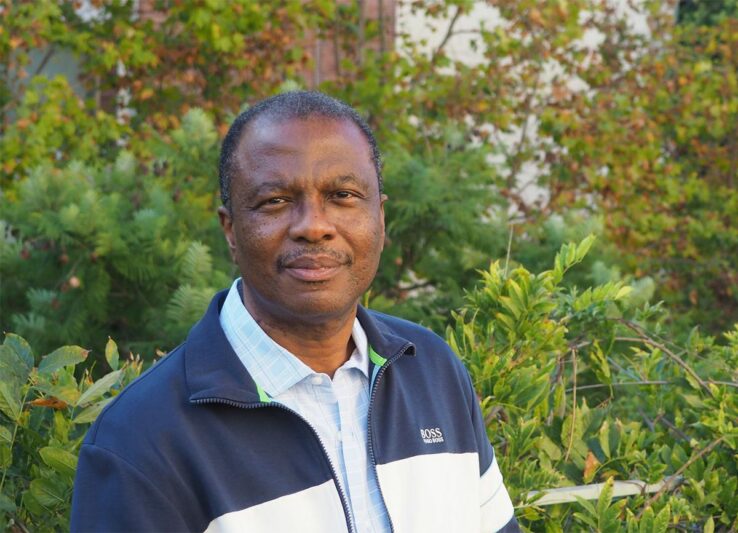
From Africa to the U.S.: Giving back by making math possible
Professor Wilfrid Gangbo finds inspiration in uplifting his fellow Black mathematicians, past and present.

Professor Wilfrid Gangbo finds inspiration in uplifting his fellow Black mathematicians, past and present.
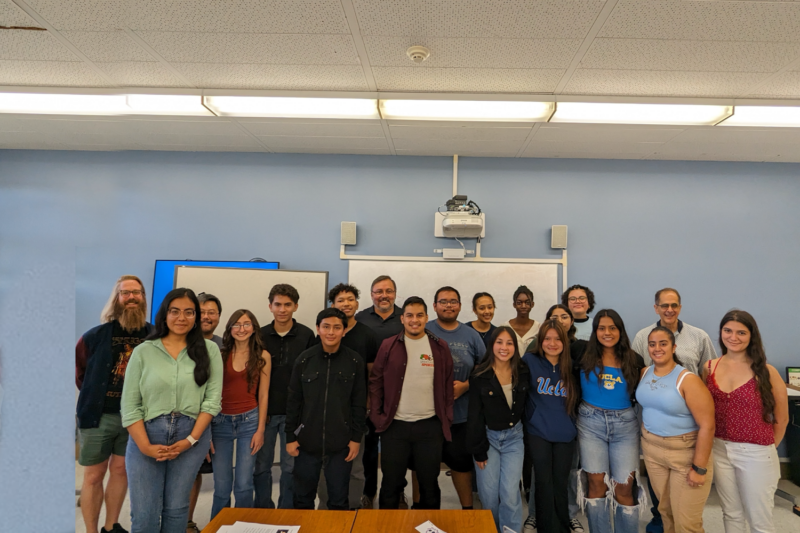
This program for low-income, first generation, and underrepresented minority students welcomes incoming freshmen to the Division of Physical Sciences.
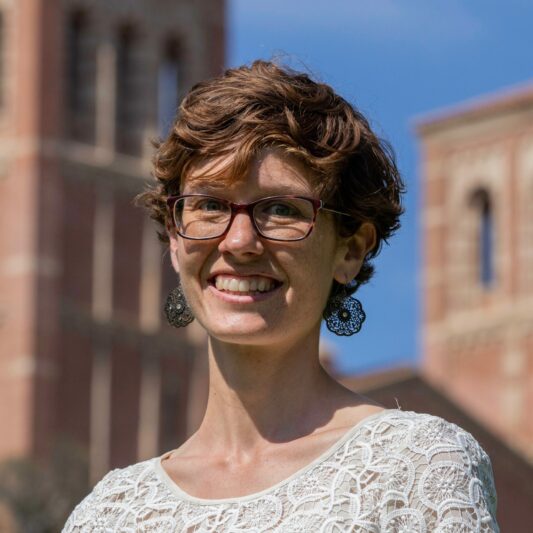
Assistant Professor of Statistics and the Environment Karen McKinnon earned the National Science Foundation’s CAREER award for her work studying the trends in the intensity of extreme heat events.
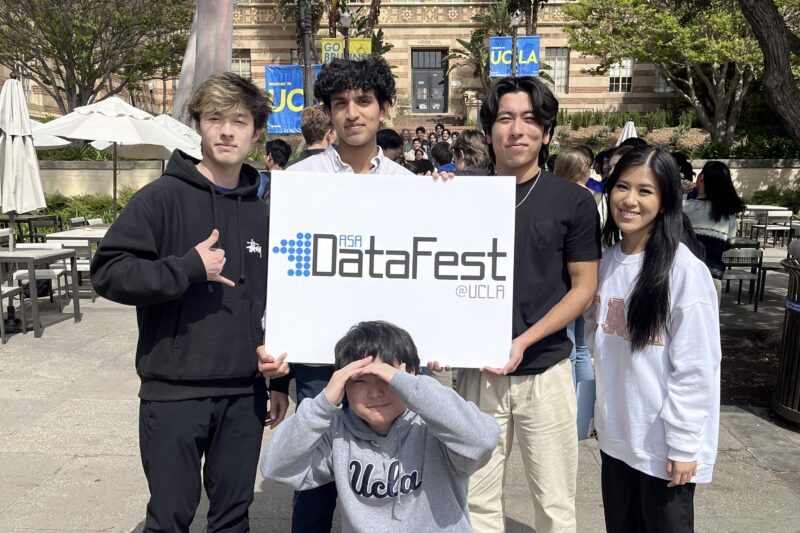
Statistics and Data Science Helped Me Build a Mental Health app and turn Personal Challenges into a Force for Change
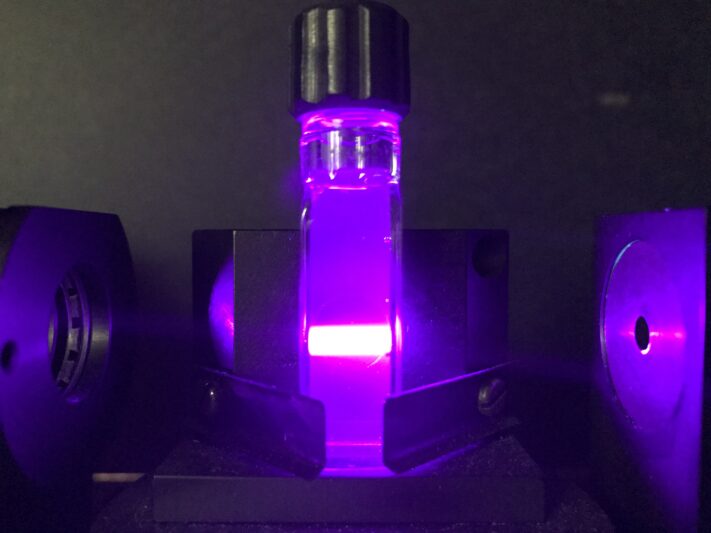
This landmark research represents a major step in the growth of solid-state chemistry and, in turn, new applications of quantum science research.
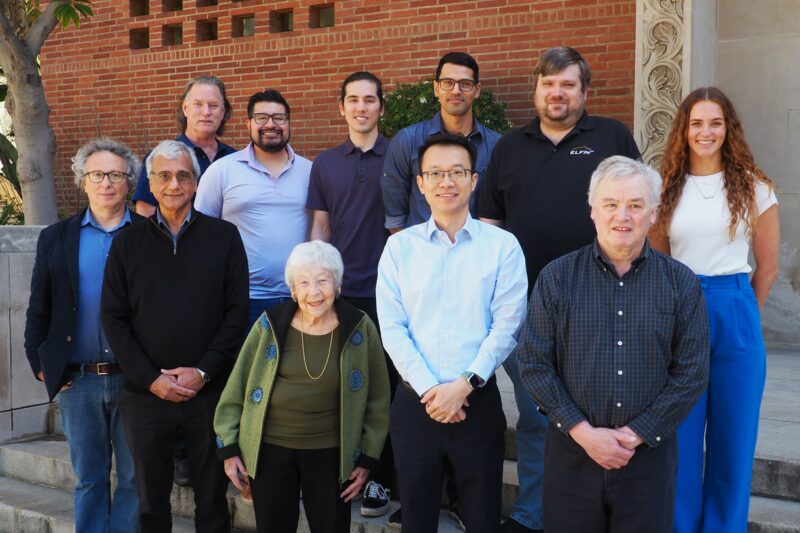
UCLA Earth, Planetary, and Space Sciences Professor Hao Cao wins grant from NASA to develop new technology for extended use on the lunar surface.
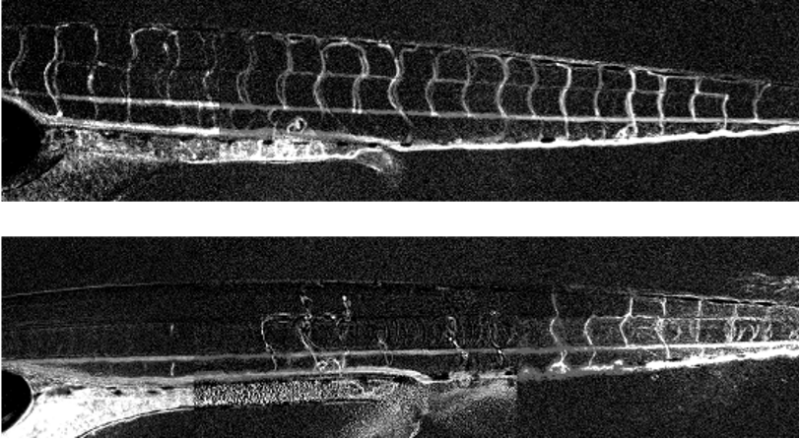
Professor Marcus Roper and recent grad Yujia Qi used zebra fish embryo for their work. Previous models had treated blood as a homogeneous fluid, and could not make any network that contained loops, even one as simple as the zebrafish’s.
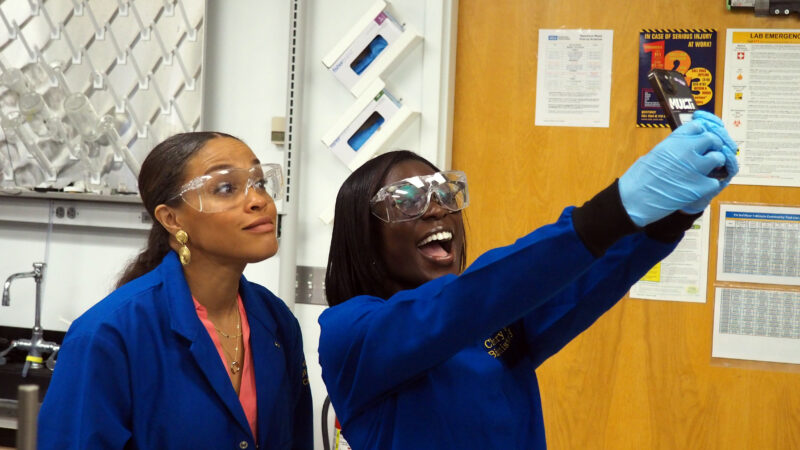
Addae, the child of immigrants from Ghana, and her company have continued to work with a variety of independent and mainstream cosmetics lines to develop products — including brands carried at Sephora and Target.
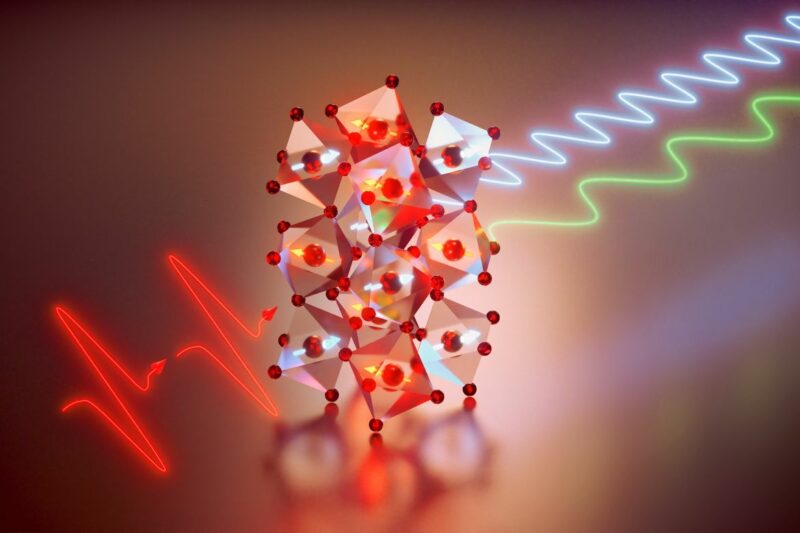
The achievement could be a step toward computer memory using ultrafast phenomena that happen on the order of billionths of a second.
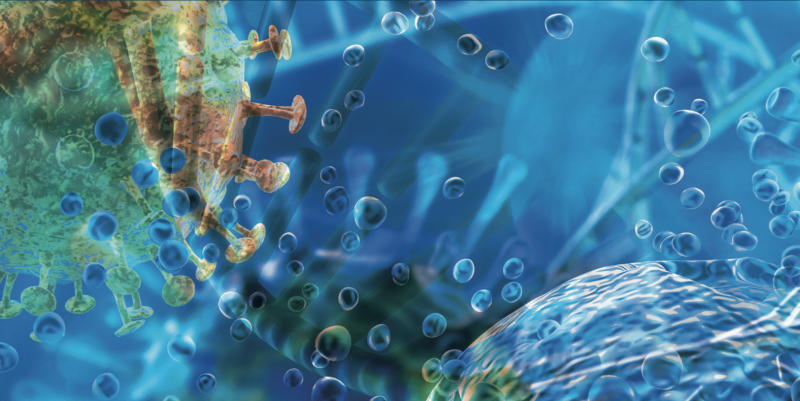
What are viruses, really? And where did they come from? UCLA's Chemistry and Biochemistry department is pushing the boundaries of virology, and helping to answer that question once and for all.
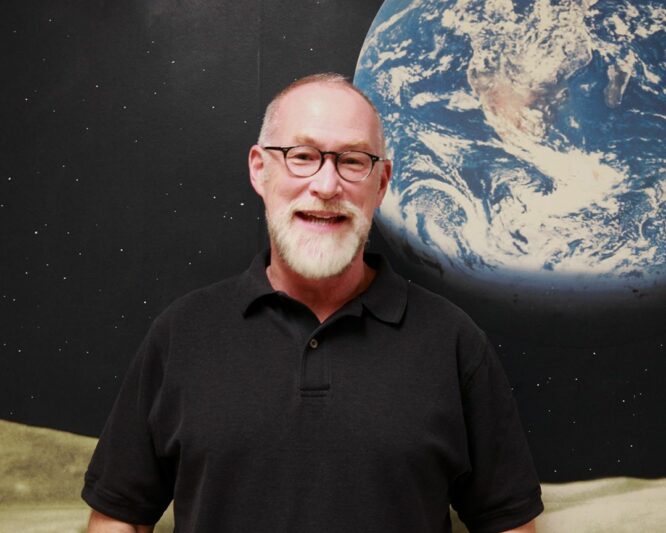
Young has deepened our understanding of the history of the solar system and its place in the galaxy through his extensive contributions to both experimental and theoretical meteoritics and solar system research.
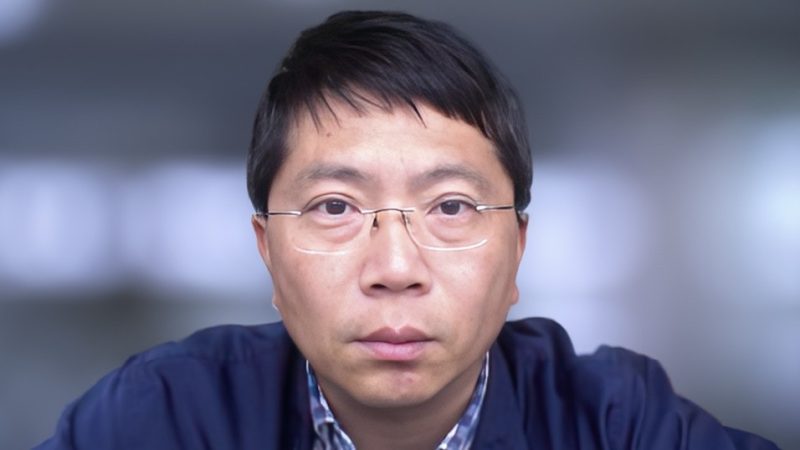
Professor Ying Nian Wu and his colleagues designed two new approaches to better optimize drug design